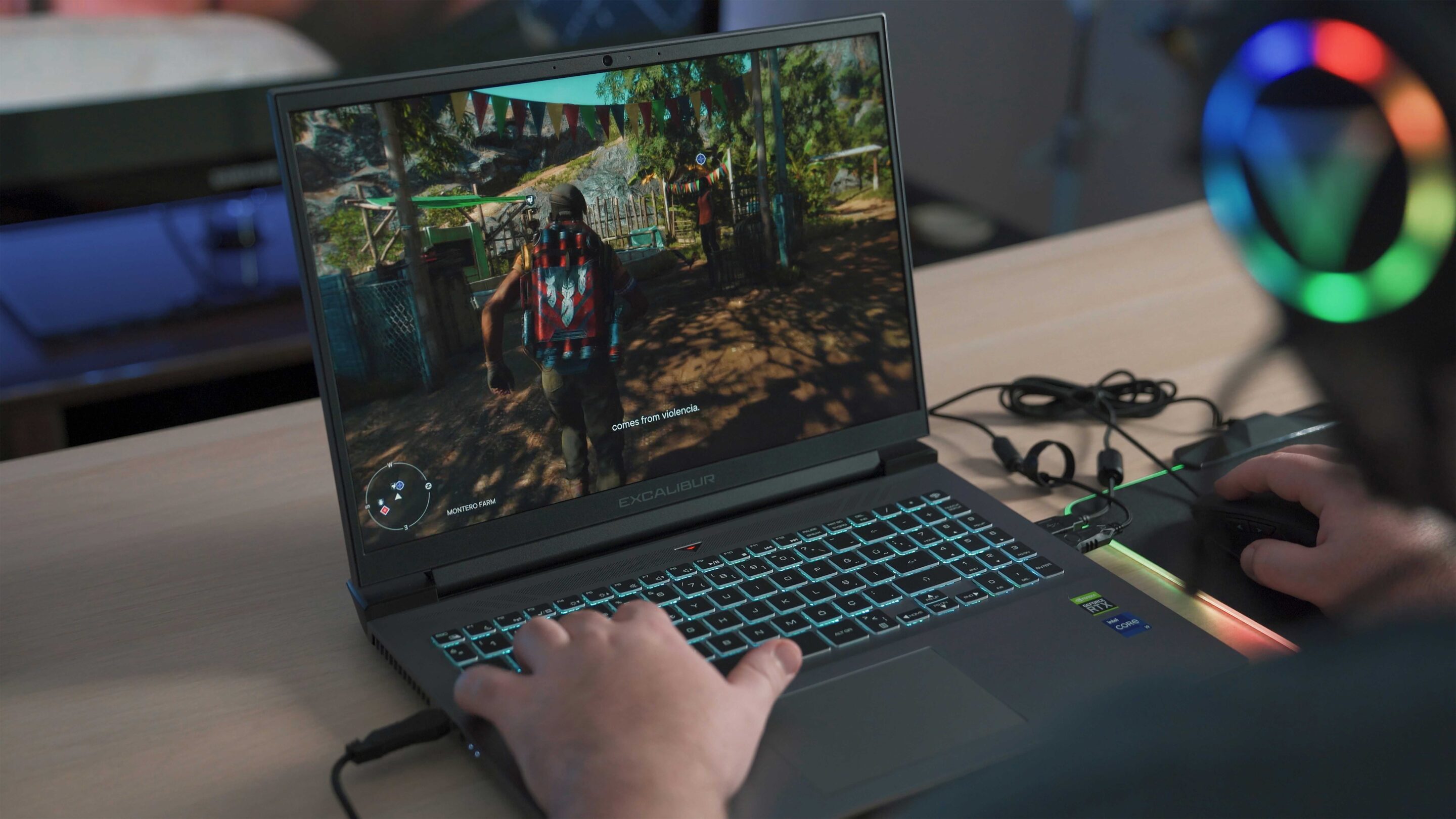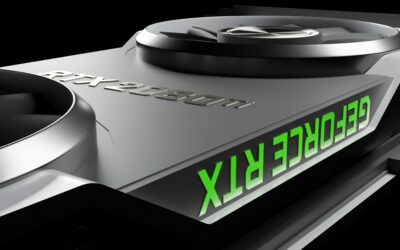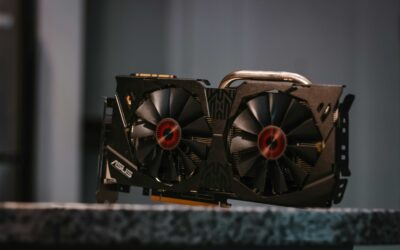Introduction
In 2025, optimizing your gaming laptop isn’t just optional—it’s essential.
With AAA titles pushing hardware limits and innovations like 4K, 144Hz displays, and cloud gaming becoming standard, knowing how to squeeze every ounce of performance from your laptop is critical.
In this guide, you’ll learn:
-
How to boost FPS in demanding games
-
How to enable and fix 144Hz refresh rate issues
-
4K gaming performance tweaks
-
Optimizing for cloud gaming platforms
-
Maintenance and advanced optimization strategies
🧭 Let’s transform your gaming laptop into a true powerhouse.
1. Pre-Optimization Essentials
✅ Minimum Hardware Requirements (2025 Standards)
-
CPU: Intel i7 12700H / Ryzen 7 6800H or better
-
GPU: NVIDIA RTX 3060/4060 or AMD RX 6700M+
-
RAM: Minimum 16GB (Dual-channel recommended)
-
Storage: 512GB+ NVMe SSD
🔧 Essential Tools for Optimization
-
MSI Afterburner – GPU tuning & temperature tracking
-
HWMonitor – Thermal monitoring
-
GeForce Experience – Driver updates & automatic game optimization
2. General Gaming Laptop Optimization Tips
🔄 Keep Drivers Updated
Use GeForce Experience or AMD Adrenalin to update graphics drivers regularly.
🚫 Disable Startup Apps
Open Task Manager > Startup tab and disable apps you don’t need.
⚡ Set Power Mode to High Performance
Go to Control Panel > Power Options > High Performance.
🪟 Optimize Windows 11 for Gaming
-
Enable Game Mode
-
Turn off visual effects
-
Disable Xbox Game Bar if unused
3. Optimize for FPS (Frames Per Second)
🤔 Why FPS Matters
Higher FPS = smoother gameplay, faster response time in competitive shooters.
🔧 In-Game Graphics Tweaks
-
Shadows: Off
-
Anti-Aliasing: FXAA or Off
-
Post Processing: Low
-
Resolution: 1080p or 1440p for smoother frame delivery
🖥️ System-Level Settings
-
Enable Hardware Accelerated GPU Scheduling
-
Use Game Mode
-
Monitor VRAM with Afterburner
📊 Benchmarking
Use FRAPS or MSI Afterburner overlays to measure FPS changes.
4. Optimize for 4K Gaming
✅ Can Your Laptop Handle 4K?
Use this 4K Capability Checker Tool at the end of this page(Interactive Tool – Coming Soon).
🛠️ Recommended 4K Settings
-
DLSS (NVIDIA) / FSR (AMD): ON
-
Ray Tracing: OFF
-
Texture Quality: Medium
-
V-Sync: OFF
🧑💻 Windows & Display Adjustments
-
Set Scaling to 100%
-
Enable HDR (if supported)
-
Use HDMI 2.1 or DisplayPort for 4K @ 120Hz on external monitors
External Link: NVIDIA DLSS Setup Guide
5. Enable & Optimize 144Hz or Higher Refresh Rates
🧪 Step-by-Step: Enable 144Hz
-
Settings > System > Display > Advanced Display > Choose 144Hz
-
NVIDIA Control Panel > Change Resolution > Select 144Hz
-
Intel Command Center (for Intel iGPU users)
🛠 Fix Common Issues
-
144Hz not showing: Update drivers
-
Stuck at 60Hz: Check cable type, BIOS updates
Visual Suggestion: Comparison screenshots of 60Hz vs 144Hz gameplay
6. Optimize for Cloud Gaming
💡 What Is Cloud Gaming?
Platforms like GeForce NOW, Xbox Cloud Gaming, and Shadow PC let you stream high-end games without high-end hardware.
⚙ Best Cloud Gaming Optimization Tips
-
Use Ethernet for stable connections
-
Optimize your DNS (e.g., Cloudflare 1.1.1.1)
-
Close bandwidth-heavy background apps
-
Use performance mode in platform settings
For detail visit our Optimization of laptop for cloud gaming
7. Advanced Tweaks & Overclocking (Optional)
🔧 MSI Afterburner
-
Gradually overclock GPU
-
Set custom fan curves
-
Monitor temperature in real-time
⚖️ Undervolting vs Overclocking
-
Undervolting: Lowers temps while preserving performance
-
Overclocking: Boosts speed but may shorten lifespan
🧊 Use External Cooling
Use best laptop cooling pads to keep temps below 85°C.
⚠️ Warranty Note: Overclocking may void hardware warranties.
8. Maintenance Tips for Long-Term Performance
-
Clean fans and vents with compressed air
-
Replace thermal paste yearly
-
Run monthly driver and Windows updates
-
Monitor temperatures weekly using HWMonitor.
9. Best Settings for Popular Games (Quick Guide)
| Game | Resolution | Settings | DLSS/FSR |
|---|---|---|---|
| Warzone | 1080p | Low-Med | DLSS ON |
| Fortnite | 1440p | Medium | OFF |
| Valorant | 1080p | Low | OFF |
| Cyberpunk 2077 | 1080p | Med + DLSS | ON |
❓ FAQs (With Schema Markup)
Q1: Why is my FPS still low after optimizing?
Check background apps, thermal throttling, or use performance mode in your GPU control panel.
Q2: Should I disable Windows updates?
No. Instead, schedule updates outside gaming hours.
Q3: Can cloud gaming damage my laptop GPU?
No, cloud gaming relies on remote hardware. Your local GPU is barely engaged.
Conclusion
Gaming laptop performance can dramatically improve with the right optimization. Whether you’re chasing competitive FPS, immersive 4K visuals, or smooth cloud play—this guide gives you the edge.
📩 Need personalized help? Submit your laptop model and games for a custom optimization plan here.
📌 Don’t forget to bookmark DaytoDayTech. and share with your gaming community!
Performance Impact Calculator






